Last month we discussed Section 106 consultation and how the outcome of the process is not predetermined but rather a result of the interaction among the participants, with the Federal agency making the final decision about how a project will proceed. Agencies in coordination with consulting parties are required to consider project design options that avoid or minimize effects to historic properties. However, it is not always possible to meet the needs of the project and simultaneously preserve a historic property. Continue reading
Category: National Register of Historic Places (Page 22 of 23)
Offbeat Outings is a bi-monthly series that highlights the travels of BHP staff as they experience history first-hand throughout Pennsylvania.
My name is Dave, and I’m an addicted heritage tourist. However, as I’m sure most readers of this blog can confess, I am not alone. In fact, Heritage Tourism brings billions of dollars to Pennsylvania each year, with historic communities and districts creating the largest draw. Continue reading
Many months of planning and meetings have culminated in the August 2013 re-launch of the Cultural Resources Geographic Information System (CRGIS). Continue reading
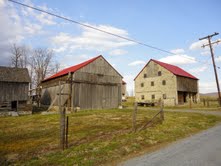
Preserving the Oley Valley Rural Historic District in Pennsylvania
by Brenda Barrett
Editor’s Note: This post was originally published in the Living Landscape Observer and appears here with the permission of the author and founder of that publication, Brenda Barrett. We appreciate Brenda’s contributions and reporting on this subject.
Even in a state famous for its agricultural landscapes, the Oley Valley in southeast Pennsylvania is an exceptional place. Located in a in a bowl-shaped valley flanked by the forested hills of the Reading Prong and underlain by limestone, the region is drained by two small creeks, the Manataway and the smaller Monocacy. English Quakers, French Huguenots, and Palatine farmers from Switzerland and Germany settled in the valley as early as 1725 in search of religious freedom and good farmland. They found both, producing an 18th-century pattern of farmsteads, fields, and villages that has marked the landscape ever since. Continue reading
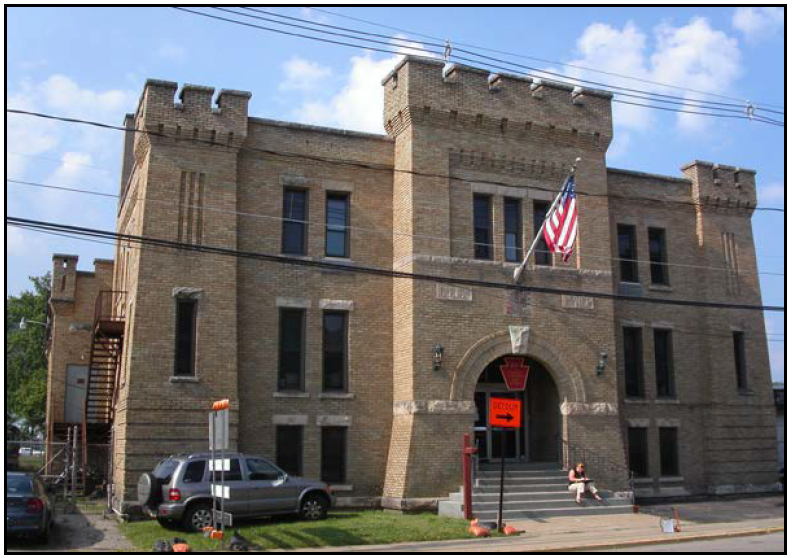
Local Landmarks For Sale: National Guard Armories
There is an armory in almost every county in Pennsylvania. Some counties have two or three. They are one of the most historically significant and, in most cases, architecturally distinctive buildings in the communities lucky enough to host one. The National Guard in Pennsylvania has a long history of military and civic service and the armories are the physical expression of that history. The Department of General Services is offering eleven of these historic armories for sale. This is the perfect opportunity to adaptively reuse these buildings and retain an important landmark in your community. Continue reading
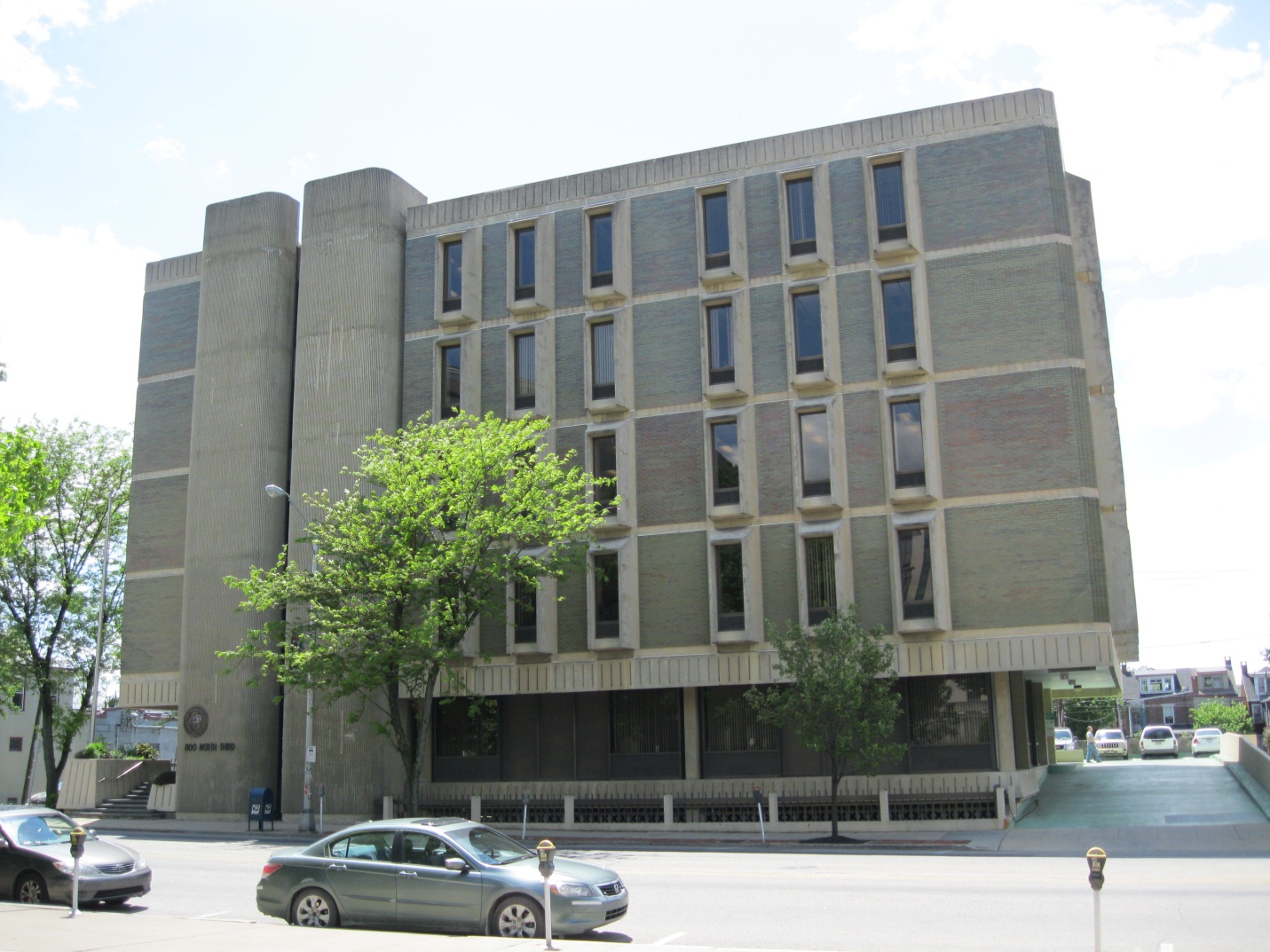
A Mid-century Modern Quandary
When is an ugly building just an ugly building?
In the almost 50 years since the passage the landmark and policy setting National Historic Preservation Act of 1966, the world of historic preservation has evolved to reflect the complexities and new understanding of the field. Continue reading
My blog post for May 22, 2013 will continue BHP’s recognition of one of America’s under-appreciated events – National Defense Transportation Day – celebrated on Friday May 17, 2013 in conjunction with National Transportation Week. Continue reading
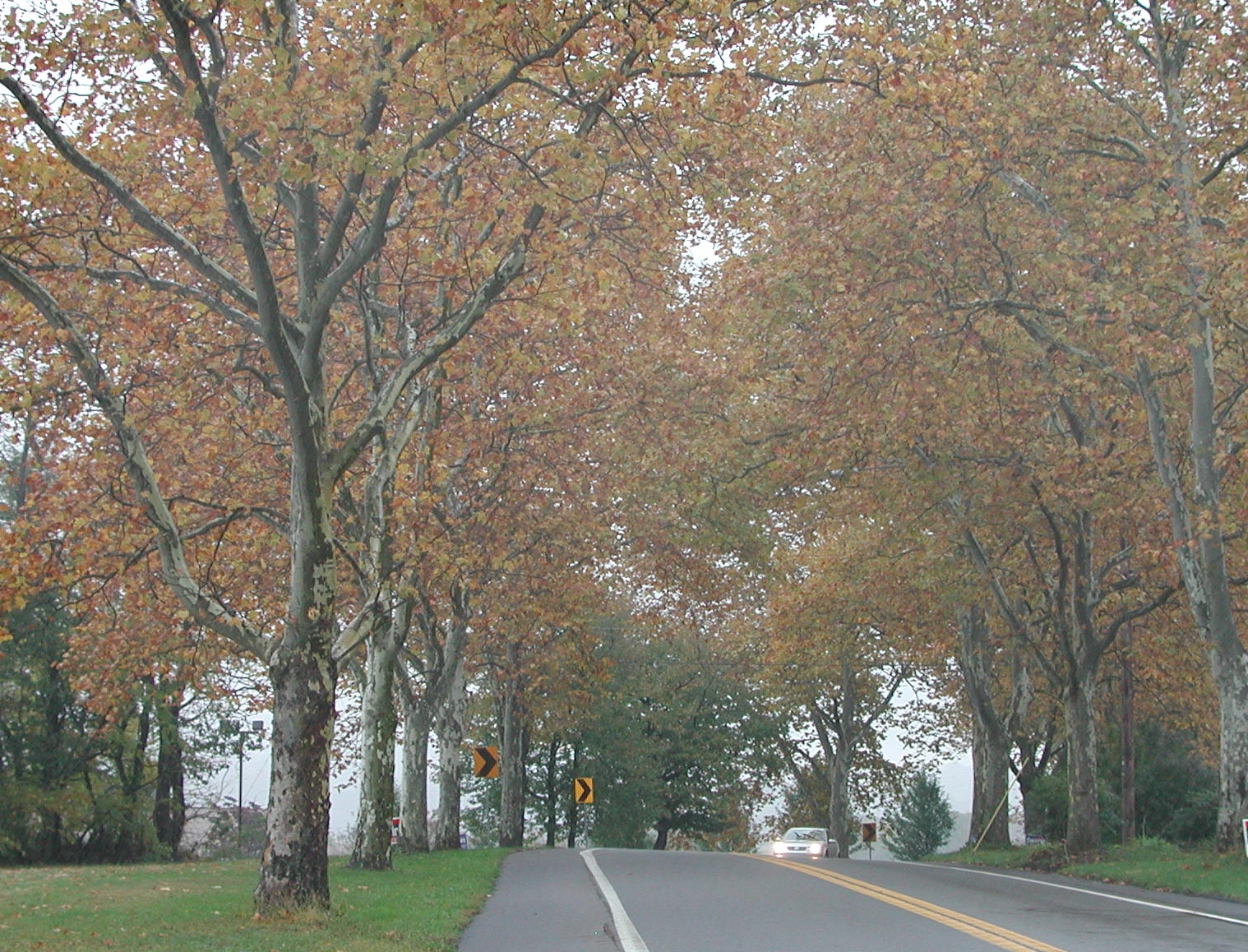
National Transportation Week: A Road to the Past
On Saturday, April 27, 2013, I had the pleasure of attending and speaking at a unique dedication ceremony at Fort Halifax Park in Halifax Township, Dauphin County, just north of the Borough of Halifax. The ceremony was to dedicate numerous London Plane Sycamores recently planted to, if you’re feeling poetic, fix what time has wrought. You see, these trees were planted to replace missing Sycamores in the National Register of Historic Places-listed Legislative Route 1 Sycamore Allee (see the nomination on CRGIS for more information and for references). Continue reading

Pennsylvania’s Post World War II Suburbs
The BHP launched the Pennsylvania’s Historic Suburbs website in September 2010. The first installment focuses on post World War II housing developments.

Spotlight Series: National Register – The Irving Female College
The Spotlight Series is an occassional series that highlights interesting people, places, programs, and partner organizations working on historic preservation issues.
During the Civil War, countless Northern soldiers passed through the small town of Mechanicsburg on the Cumberland Valley Railroad. Often, hordes of townspeople turned out to cheer them on; sights not soon forgotten by the new soldiers.

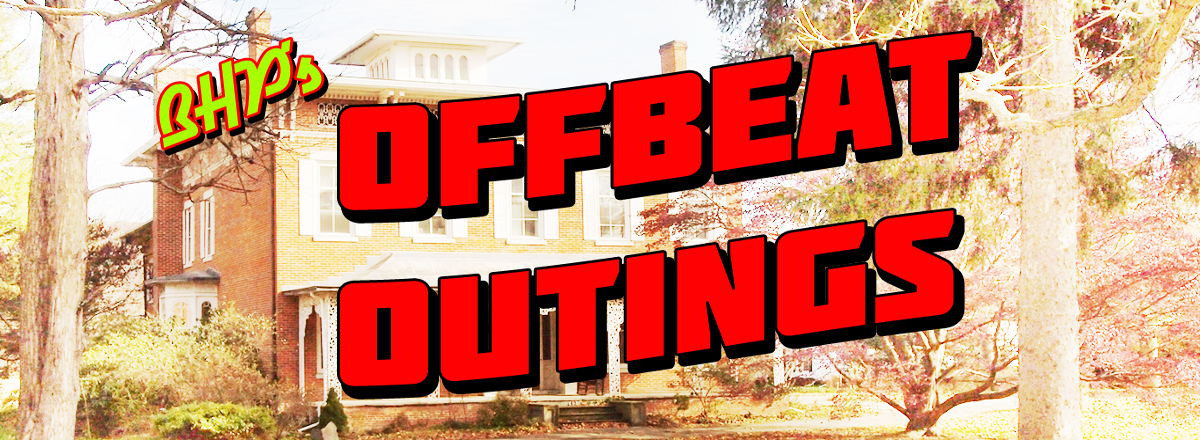

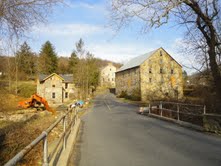
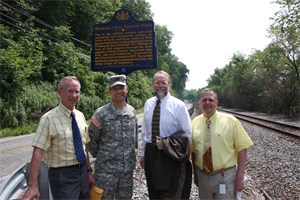
Recent Comments